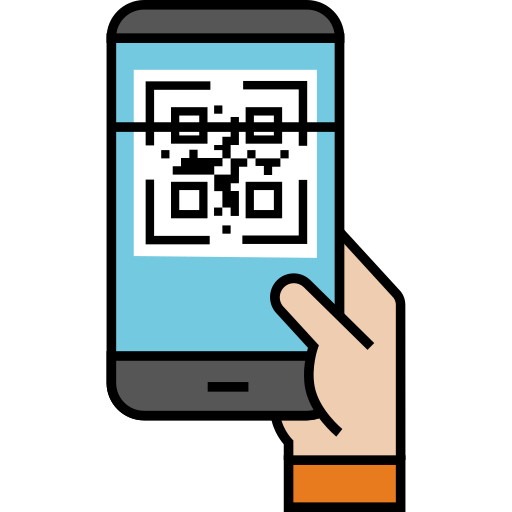Quishing

Quishing, or QR code phishing, is a cyber attack where malicious links are embedded into QR codes to deceive individuals into revealing sensitive information or downloading malware. Attackers use fraudulent QR codes on emails, posters, and websites to trick users into scanning them, leading to credential theft or device compromise.
Recover from a Quishing Attack#
Step 1: Identify the Compromise#
- Determine if sensitive information, such as login credentials or financial data, was disclosed.
- Assess whether any malicious apps or downloads have been installed on your device.
Step 2: Contain the Threat#
- Immediately change passwords for any potentially compromised accounts.
- Enable multi-factor authentication (MFA) to secure affected accounts.
- Disconnect from suspicious Wi-Fi networks or networks associated with the QR code.
Step 3: Scan for Malware#
- Use a reliable antivirus or anti-malware tool to scan your device.
- Remove any malicious apps or files detected during the scan.
Step 4: Notify Relevant Parties#
- Inform your IT or security team about the incident.
- Notify your bank or financial institutions if financial details were shared.
Step 5: Report the Incident#
- Report the malicious QR code to the relevant organization or location where it was found.
- Notify local or national cybersecurity authorities, such as Action Fraud in the UK.
Step 6: Educate Yourself and Others#
- Learn about common quishing tactics, such as fake QR codes on posters, emails, or websites.
- Share your experience to help others avoid falling victim to similar attacks.
Step 7: Review and Update Security Measures#
- Ensure all apps and systems on your device are updated with the latest security patches.
- Implement security features, such as app permission control, to limit exposure to potential threats.
Mitigate the Risk of Quishing Attacks#
Preventing quishing attacks requires awareness and cautious handling of QR codes. Follow these best practices to minimize the risk:
Be Cautious with QR Codes#
- Avoid scanning QR codes from unknown or untrusted sources.
- Verify the source of QR codes on emails, posters, or websites before scanning.
- Use QR code preview tools to inspect URLs before opening them.
Educate Employees and Users#
- Conduct awareness training on the risks of quishing and how to identify suspicious QR codes.
- Provide examples of common attack vectors, such as fake QR codes placed on parking meters or event posters.
Use Secure Devices#
- Install reputable mobile security software to detect and block malicious links.
- Keep your device’s operating system and apps updated to patch vulnerabilities.
Limit Exposure#
- Restrict app permissions to minimize the impact of malicious activities.
- Avoid performing sensitive transactions, such as online banking, through QR code links.
Monitor and Report Suspicious QR Codes#
- Report fake or suspicious QR codes to the appropriate authorities or organizations.
- Use threat intelligence tools to identify and block malicious domains associated with QR codes.
Implement Multi-Layered Security#
- Encourage the use of MFA to secure accounts, reducing the impact of compromised credentials.
- Deploy web filtering tools to block access to malicious URLs.
Develop an Incident Response Plan#
- Establish a clear response plan specifically for quishing incidents.
- Ensure all team members understand the process for reporting and responding to such attacks.
By implementing these strategies, you can significantly reduce the likelihood of falling victim to quishing attacks and maintain a secure digital environment.